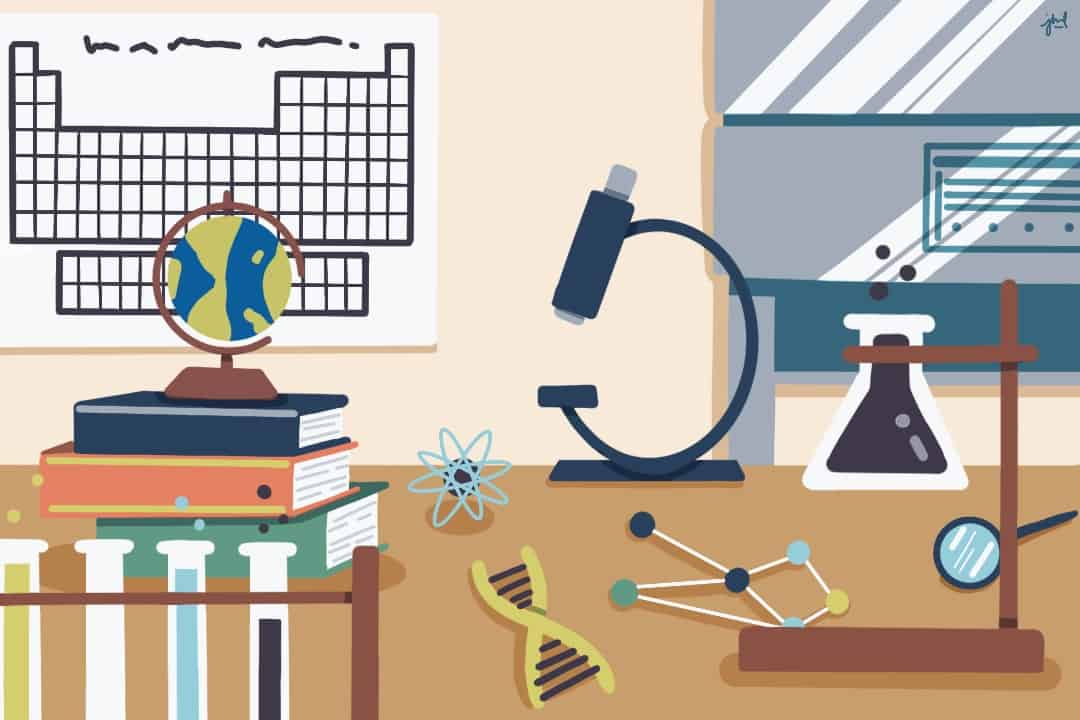After a memory is formed, it is stored in a specific network of brain cells. These memory-storing cells, or engrams, are reactivated when the memory is retrieved, allowing past experiences to inform behaviour. U of T researcher Dr. Sheena Josselyn and her colleagues set out to understand the fate of an engram when a threat memory is forgotten in mice.
First, the researchers used a technique called classical conditioning to pair a fearful stimulus in the mice with a neutral one. Mice received an unpleasant foot shock while hearing a distinctive sound. When the mice were later exposed to the sound alone, they showed a common threat response of freezing, in anticipation of the shock. However, when the researchers repeatedly presented the sound, in the absence of the shocks, they gradually forgot the sound-shock association and froze less frequently.
To test the precise role of engram cells in forgetting, the researchers used a technique called optogenetics to permanently tag the threat engram cells with a light-sensitive protein. This protein tag allowed artificial reactivation of the engram whenever the researchers directed light into the brain’s fear centre to mimic memory retrieval. Following repeated engram activation alone, the mice froze less frequently in response to the sound, indicating that artificially reactivating engram cells also leads to forgetting. These results reveal that repeatedly reactivating engram cells — artificially or naturally — induces unlearning of the original memory by silencing the engram.


